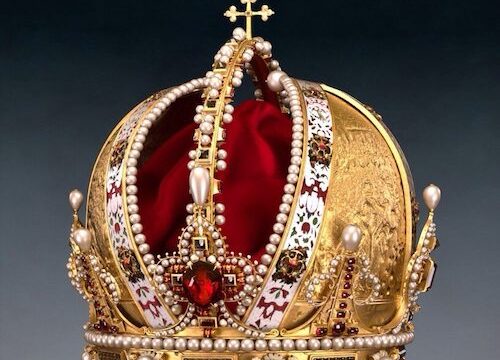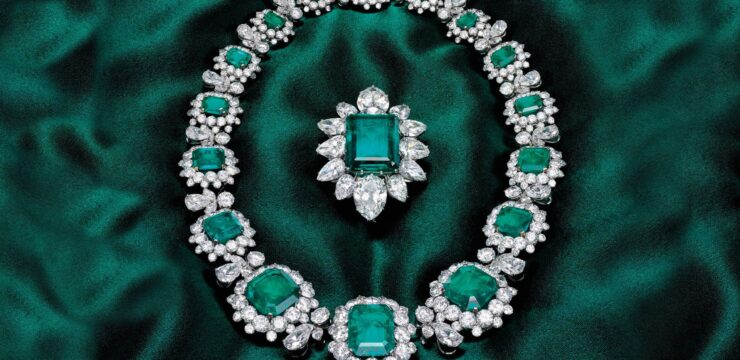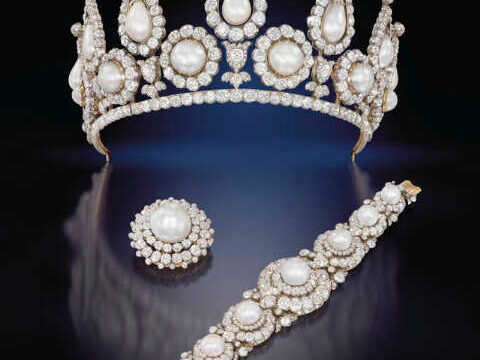The Koh-i-Noor, meaning “Mountain of Light” in Persian, is one of the most famous and controversial diamonds in history. Weighing approximately 105.6 carats today, this dazzling gem has passed through the hands of multiple rulers and empires, each believing it to be a symbol of divine power and ultimate sovereignty. However, its legacy is not just one of beauty and wealth but also of conquest, betrayal, and dispute.
Origins and Early History
The exact origins of the Koh-i-Noor remain shrouded in mystery, but historical records trace its discovery back to India, possibly in the Golconda mines of the Deccan plateau. First documented in the 14th century, the diamond was likely in the possession of the Kakatiya dynasty before being seized by invading forces.
Over the centuries, the gem changed hands multiple times, often as a spoil of war. It was taken by the Delhi Sultanate, the Mughal Empire, the Persian ruler Nader Shah, and the Durrani dynasty of Afghanistan, each time reinforcing its reputation as a prize of power and conquest.
The Mughal Era and Nader Shah’s Invasion
One of the most significant moments in the diamond’s history was its possession by the Mughal emperors, who enshrined it in the famous Peacock Throne. However, in 1739, Nader Shah of Persia invaded India and looted the Mughal treasury. Upon seeing the massive diamond, he is believed to have exclaimed, “Koh-i-Noor!”—thus giving the diamond its iconic name.
After Nader Shah’s assassination, the diamond eventually found its way into the hands of Ahmad Shah Durrani, the founder of Afghanistan. His descendants later lost it to Ranjit Singh, the Sikh ruler of Punjab, in the early 19th century.
British Acquisition and Controversy
Following the British annexation of Punjab in 1849, the Koh-i-Noor was forcibly taken from the young Maharaja Duleep Singh and presented to Queen Victoria as a “gift” from the East India Company. This event remains one of the most contentious aspects of the diamond’s history, with India, Pakistan, Afghanistan, and Iran all laying claims to it.
The diamond was recut and polished in London to enhance its brilliance, reducing its weight but increasing its sparkle. Since then, it has been part of the British Crown Jewels, adorning Queen Mary’s crown and later Queen Elizabeth The Queen Mother’s crown.
A Legacy of Controversy
Despite its secure placement in the Tower of London, the Koh-i-Noor continues to be a symbol of colonialism and historical injustice. The governments of India, Pakistan, Afghanistan, and Iran have repeatedly demanded its return, each citing its own historical claim. However, the British government has maintained that the diamond was obtained legally and remains an integral part of the Crown Jewels.
Conclusion
The Koh-i-Noor is more than just a diamond; it is a testament to the power struggles and imperial ambitions that shaped history. Whether seen as a cursed gem, a symbol of dominance, or a stolen artifact, its journey through time continues to spark debate. As calls for its repatriation grow louder, the story of the Koh-i-Noor remains unfinished, ensuring that its legend will endure for generations to come.





